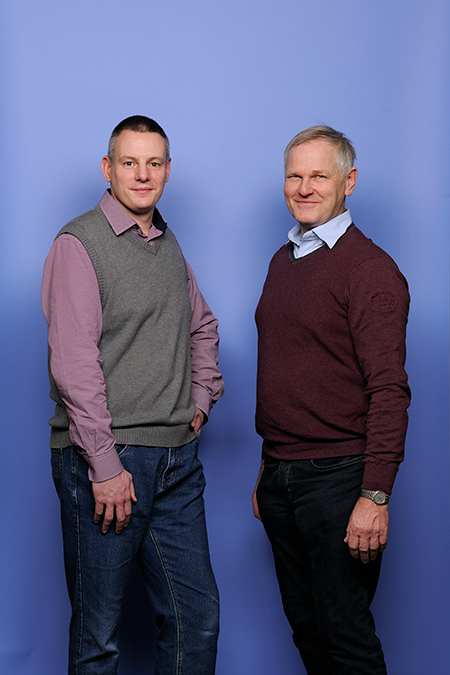What do you ask a quantum computer?
So that it solves engineering problems
“€1 billion for first quantum computer: race between Europe and US has really started” and “Quantum computers are the calculators of the future. They can solve complex problems with almost unlimited computing power” - Martijn van Calmthout, de Volkskrant, 27 November 2017.
Kees Vuik, professor of numerical analysis and director of the TU Delft Institute for Computational Science and Engineering, and Matthias Möller, assistant professor, are wondering how it will be possible to deploy quantum computers to solve engineering problems fifteen years from now.
Simulation-driven modelling and optimisation of challenging engineering problems, such as the design of a ‘greener’ aeroplane, requires a lot of manual work and human intuition and cannot be fully automatized with today’s computing technologies. This is due to the thousands of design parameters that need to be optimised simultaneously, which exceeds the capabilities of today’s computing hardware. This applies both to the computation speed of the processors and the reading from and writing to memory, known as the ‘memory wall’. What we in Delft are therefore trying to do is to make our numerical methods as compatible as possible with the hardware. This means translating the engineering problem, or parts of it, into mathematical calculation procedure in such a way that specific hardware (such as GPUs or FPGAs) deliver extra computation speed. Preferably we want to read from memory once, then efficiently compute a great deal, and then write to memory once again.
The quantum computer is the hardware of the future, and with its special parallel computing power (quantum parallelism) it can solve certain calculations at speeds exponentially higher than the best current and future supercomputers. That is to say, in several days rather than many decades. However, to exploit this enormous potential we have to reformulate our mathematical calculation procedure completely from scratch. For example, the number of input and output parameters for a quantum algorithm is limited by the number of qubits (quantum bits). In the coming years, these will be several dozen as a maximum, which in a current computer translates to just a single double-precision floating point number unless smarter data encoding schemes are developed.
With a classic computer you provide many thousands, or hundreds of thousands, of input parameters, in the pre-processing step, and calculate, for example, the aerodynamic flow field around an aeroplane wing at millions of grid points. You then convert this, in the post-processing step, into a small number of relevant parameters, such as lift and drag coefficient telling you the quality of your design. This traditional approach is likely to fail on a quantum computer for various reasons. First of all, quantum computers cannot copy data unlike classic ones can do. Next, any storage of data in classical sense destroys the superposition phenomenon, which is giving the quantum computer its exceptional computing power. A quantum computer should therefore perform the modelling, simulation and optimisation steps for your specific engineering problem in one shot, with only a couple of input parameters. Furthermore, due to the very limited number of qubits, you have to ask a quantum computer a question for which the calculation is complex, but for which the answer is a single number or – preferably – yes or no. For example: ‘Is wing A more efficient than wing B?’ This requires a different mindset. And it also implies – although we still cannot oversee this – a completely different way of doing mathematics.
By this time next year, we hope to be able to solve a linear system with a 5x5 matrix using a quantum computer. In fifteen years’ time, when we will have the use of several thousands of qubits, we want to be able to do this at a scale which is useful in the practical field. The concept has to be ready then, so we are already starting on it now. The insights we obtain could result in a reconsideration of the architecture of the quantum computer itself. At the same time, they could also result in benefits in terms of use of the computer hardware currently available.
It will not be possible to translate everything we want to model into a quantum algorithm. We predict a multi-purpose computer in the future, probably as a cloud service, in which parts of the modelling problem will be optimised for computing using a quantum algorithm, and other parts for a GPU, for example. We want to prepare our field and our students to be able to solve engineering problems with maximum efficiency using such a multi-purpose computer.
